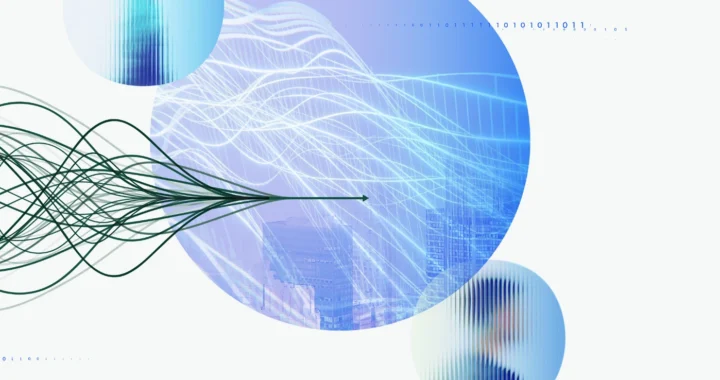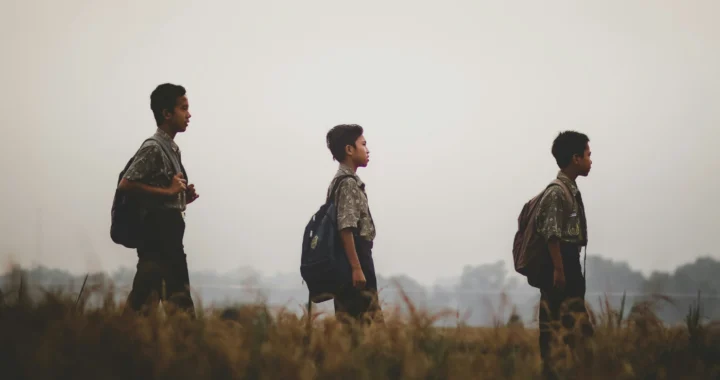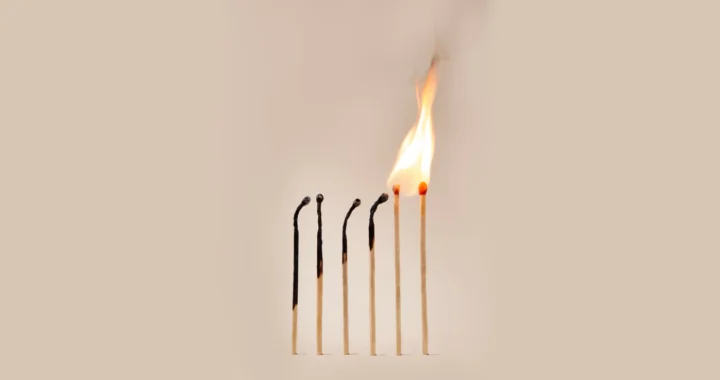Doubled Numbers of Displaced People in Myanmar

Source: UNHCR/Sa Nyein Chan
Do you know that displaced people are prone to a higher risk of mortality? According to the Office of The High Commissioner of United Nations Human Rights, those who are forced to leave their homes are more exposed to human rights violations, namely abduction, sexual assault, physical abuse, and scarce source of home, food, and education.
This February 2022, the UN has estimated that 800,000 people in Myanmar are living in displacement. This statistic has worsened since the Myanmar military coup took over the state last year, leaving 441,500 people internally relocated across the nation.
Many humanitarian organizations observe that the numbers will only accelerate in the coming weeks and months with this trend.
A report published by the United Nations Office for the Coordination of Humanitarian Affairs (UNOCHA) stressed that the displacement of civilians has been severe in a specific region. The cities of Rakhine, Kachin, Chin, and Shan have lost 370,000 civilians from eviction. In the southeast part of Myanmar, the number reaches a staggering 232,000.
The Numbers Will Grow: Restrictions
These numbers are believed to be volatile. Firstly, the UN Security Council has been blocked from engaging the issue personally, resulting in more unpressured humanitarian aid restrictions by Myanmar.
Humanitarian aid, namely from UNOCHA and the UN Refugee Agency, is therefore not effective since local communities from Myanmar are functioning as their front line.
“Humanitarian access in many parts of Myanmar remains restricted due to insecurity, roadblocks, and challenges in obtaining approvals. As a result, host communities and local responders continue to play a leading role,” said the UNHCR journalist and spokesperson, Matthew Saltmarsh.
The Numbers Will Grow: Poverty
Secondly, the displacement numbers are still volatile because of the growing poverty line from Myanmar’s political crisis and COVID-19.
The projections from the United Nations Development Program (UNDP) stress the issue regarding the Myanmar poverty rates that will increase up to 300%—25 million out of 55 million of the total Myanmar population.
“A slide into poverty of this scale could mean the disappearance of the middle class,” warned Kanni Wignaraja, the Director of the UNDP Regional Bureau for Asia and the Pacific. In fact, this has happened to the people residing in the urban areas, namely Chin and Rakhine.
To tackle this issue, the UN Refugee Agency has been cooperating with other UN institutions, local communities, and affected groups to assist the affected civilians. The Publication of 2022 Humanitarian Response Plan (HRP) signals the required strategic approach and scope of action for the humanitarian agency, with the cost estimated around US$826 million to aid 6.2 million people in Myanmar in need.
Our Complementary Role
According to OHCHR, there is no international organization or humanitarian agency that has ever been assigned to be the global initiator on addressing displaced persons within a state. This means it is important for the global society to bring up this issue to the international interest.
With this ‘boomerang effect’, we can hope that these humanitarian agencies will lobby their own governments, thus manifesting international pressure on the target state, which is Myanmar, to stop their human rights violation to their people.

Join Green Network Asia Membership
If you find this content useful, support Green Network Asia’s movement to create positive impact for people and the planet through public education and multi-stakeholder advocacy on sustainability-related issues and sustainable development. Get exclusive benefits for personal and professional development.
Become a Member NowKamil Ghiffary
Kamil is a Contributing Author at Green Network Asia. He graduated from Universitas Indonesia with a master's degree in International Relations. He is a lecturer of International Affairs at UPN Veteran Jakarta.


 Strengthening Societal Resilience in the Age of Disruptions
Strengthening Societal Resilience in the Age of Disruptions  Building Strategic Approach to Support Urban Health for All
Building Strategic Approach to Support Urban Health for All  Understanding and Addressing Multiple Dimensions of Child Deprivation
Understanding and Addressing Multiple Dimensions of Child Deprivation  Building Heat Resilience Amidst Rising Risk in the Asia-Pacific
Building Heat Resilience Amidst Rising Risk in the Asia-Pacific  Sounds Right and Recognizing Nature as an Artist for Biodiversity Conservation
Sounds Right and Recognizing Nature as an Artist for Biodiversity Conservation  Statewide Treaty Bill: Australia’s First Treaty with the Indigenous Australians Passed in Victoria
Statewide Treaty Bill: Australia’s First Treaty with the Indigenous Australians Passed in Victoria